The Article
Goldring E3 Cartridge: toting a super-elliptical stylus
30th July 2017
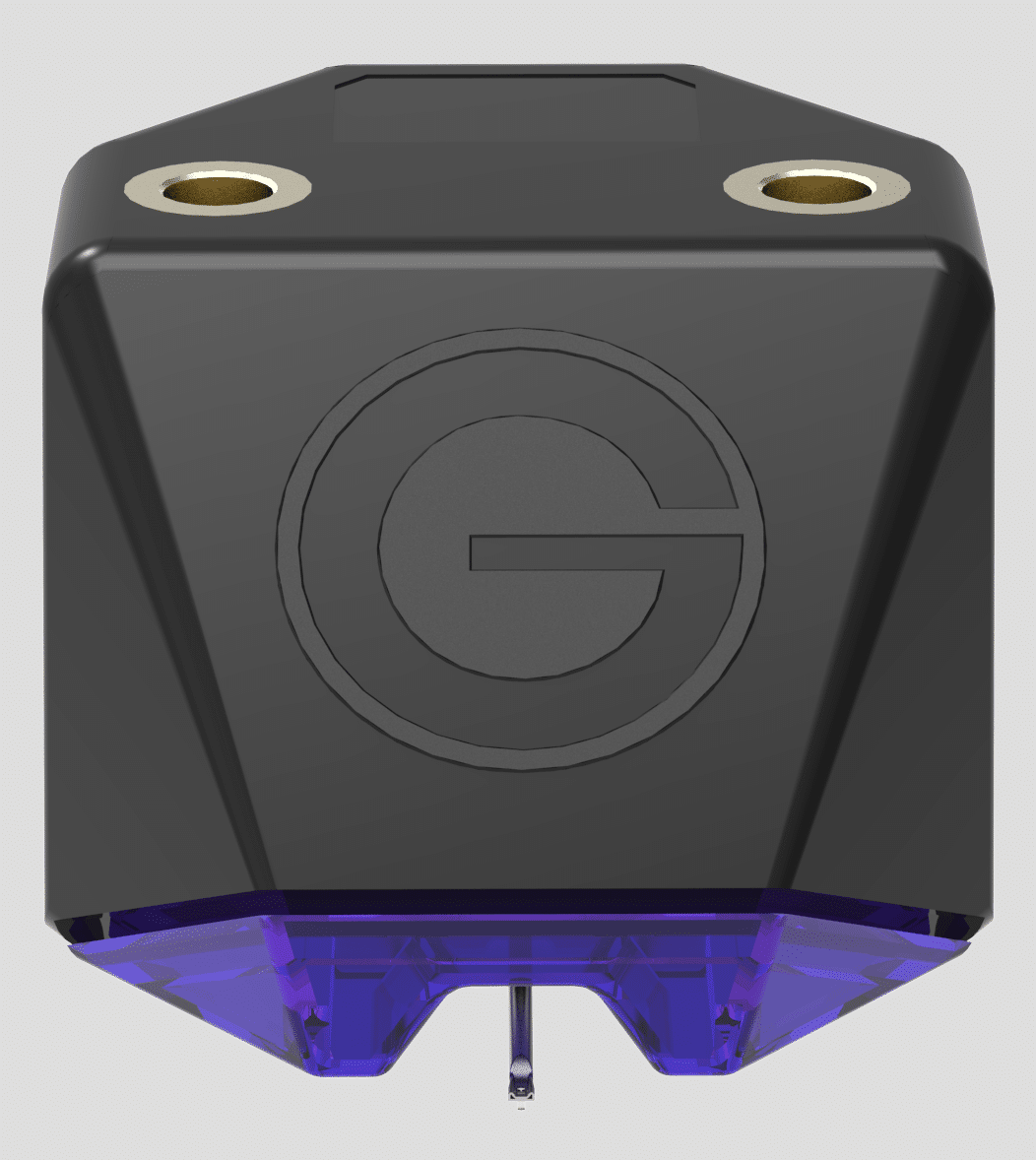
Goldring has been in business since 1906, so it’s about time Paul Rigby reviewed one of its products then, eh? It has waited long enough! In this review, he tackles the new E3 cartridge
The company recently announced the launch of its E series of cartridges. All relatively low cost and all of interest to either budget users or those looking to upgrade their introductory cartridge with something rather more interesting.
The three units in the E series are based upon Magnetic Duplex Technology (you can add a ™ in there, if you wish). The idea behind the technology is to improve stereo rendition. Both the E1 and E2 models include spherical styli with a choice of cantilevers. The E3 model, which I look at here, has an aluminium cantilever – the same unit used on the E1 and E2 – but adds a “superior bonded”, super-elliptical stylus measuring 0.3 x 0.7mil. This is what attracted me to the E3, I was looking for a blend of value and high frequency groove detail retrieval as well as sibilance reduction. Especially as a basic elliptical stylus measure around 0.4 x 0.7mil. Compare those measurements too with the E1 and E2’s spherical tip at 0.6mil.
According to Goldring, “The E Series cartridges use a specially designed adjustment screw to locate the cantilever, rather than the standard xed pin, allowing micro-adjustments during production. This pre-set azimuth means crosstalk is already optimised and the cartridge can be safely installed in a typical turntable with no correction required.”
During the record mastering process the cutting lathe records stereo information as a ‘V’ shaped groove which has perpendicular side walls angled at 45°, “Conventional moving magnet cartridges,” added the company, “use a single large magnet that interacts with two vertically mounted coils to produce a stereo signal from the groove. This can introduce crosstalk and so only offers a modest amount of stereo separation.”
This is why the Goldring E Series cartridges feature a dual magnet arrangement, “Magnetic Duplex Technology uses two low mass magnets which interact only with their partnering pickup coil, angled at 45° to match the cutting head arrangement. This enables the cartridges to more accurately trace the record groove because they precisely emulate the geometry of the cutting head, making for better stereo separation and a more accurate, involving and musical soundstage.”
I was happy to see that the Goldring chassis features threaded screw holes inside the chassis itself. This is a £100 moving magnet cartridge and thus will feature in the hands of beginners or cautious vinyl users possibly unfamiliar with regular cartridge fittings. The last thing you want to do to a nervous hi-fi installer is tell them to juggle tiny screws that dangle outside of a chassis, adopting odd and scary angles depending on how you hold them, with tiny nuts that threaten to ping off into a dimension occupied solely by cartridge nuts, pens and odd socks and then try to tighten the entire thing with a tiny screwdriver while, at the same time, avoiding the cantilever! It’s bad enough asking an experienced hi-fi journalist to do such a thing, never mind an uneasy music fan. Goldring have got this part of the design right.
Fitting the Goldring to my tonearm (with 2g of downforce) was intriguing mainly because, once in there, it looks absolutely enormous! It reminded me of some of the cartridges used on hi-fi in the 60s or even the 50s. The Goldring chassis is obviously a nostalgic reflection on times when men were men and cartridges were the size of an articulated lorry. Yet, the very largeness of the thing also helped in terms of installation. It imbued more confidence during handling.
SOUND QUALITY
I began by playing the original pressing of Nancy Sinatra’s LP Country, My Way, produced by Lee Hazelwood and the track, It’s Such a Pretty World Today, a wholly romantic, even twee song.
The initial impression was an over-whelming sense of focus from the Goldring. This track had Sinatra’s voiced pushed down a classic echo chamber and so, even the slightest midrange smearing combined with excessive noise will puff out the voice in a cloud of nasty distortive attack. The Goldring took immediate control of any potentially wayward frequencies and reigned in the Sinatra voice to give her delivery a rather playful and wistful quality. The echo chamber obviously still remained as an effect but Sinatra’s voice presented welcome femininity instead of Goldzilla in a skirt.
This focus also leant itself to aiding the backing singers. Their harmonies tended to rise in the higher registers which only added to the smeared mids. The new level of precision, though, added welcome harmonic textures that gave the vocals a layered richness.
Another element that could have suffered from the loose upper mids was the notable twangy slide guitar. The Goldring provided a sense impressive detail from this instrument. Speaking of which, the Goldring’s lower noise performance meant that the piano popped out of the mix, giving a tonally realistic performance. The piano, on this track is an adjunct to the main song but its an important one that gives breadth to the soundstage.
Percussion and bass also now had a greater sense of recognition because the lack of bass bloom drew them both from a blacker background. Hence, the new level of clarity enabled the ear to pick up a new sense of impact and strength from this area.
Another notable aspect of the soundstage were the acoustic guitars, the attacking strumming on the right channel and the subtle strumming on the left. Both offered tremendous midrange insight and musicality that added a sense of speed to the performance.
I then turned to the post punk vibes from Die Werkpiloten via Germany’s Vinyl on Demand label from 2012.
This is a drum-heavy LP, fast paced percussion and high energy to boot and I was impressed by the organic nature of the drums. The Goldring gave the music impact and power and a real sense of pace but kept in touched with the humaneseque nature of the drums, rounding their edges just enough to prevent and sense of the clinical.
The low noise approach to the Goldring also enhanced the instrumental separation along the soundstage, giving each instrument a sense of space to perform at its best. The soundstage never felt crowded or stilted and the lead vocal thus provided an emotional yet flowing performance.
CONCLUSION
Sensibly designed for use by beginners or vinyl fans with minimal hardware experience, the considered design of the E3 provides a sense of clarity and midrange purity with a bass that delights in terms of information and character. In terms of the inherent sound quality from this cartridge, the E3 provides exceptional value for money. In fact, it is one of the best budget cartridges, at this price point, currently for sale on the market.
GOLDRING E3 CARTRIDGE
Price: £100
Web: www.goldring.co.uk
TO BUY CLICK BELOW:
USA – https://amzn.to/2TPSslC
EUROPE – https://amzn.to/2GkAYuE
GOOD: focus, precision, clarity, midrange control, bass impact, design, price
BAD: none
RATING: 9
REFERENCE
Rega RP3 turntable
Ortofon 2M Red
Trichord Dino phono amplifier
Rega Brio-R amplifier
Spendor S3/5R2 speakers
Tellurium Q cables
Harmonic Resolution Systems Noise Reduction Components
All vinyl was cleaned using Audio Desk’s Ultrasonic Pro Vinyl Cleaner

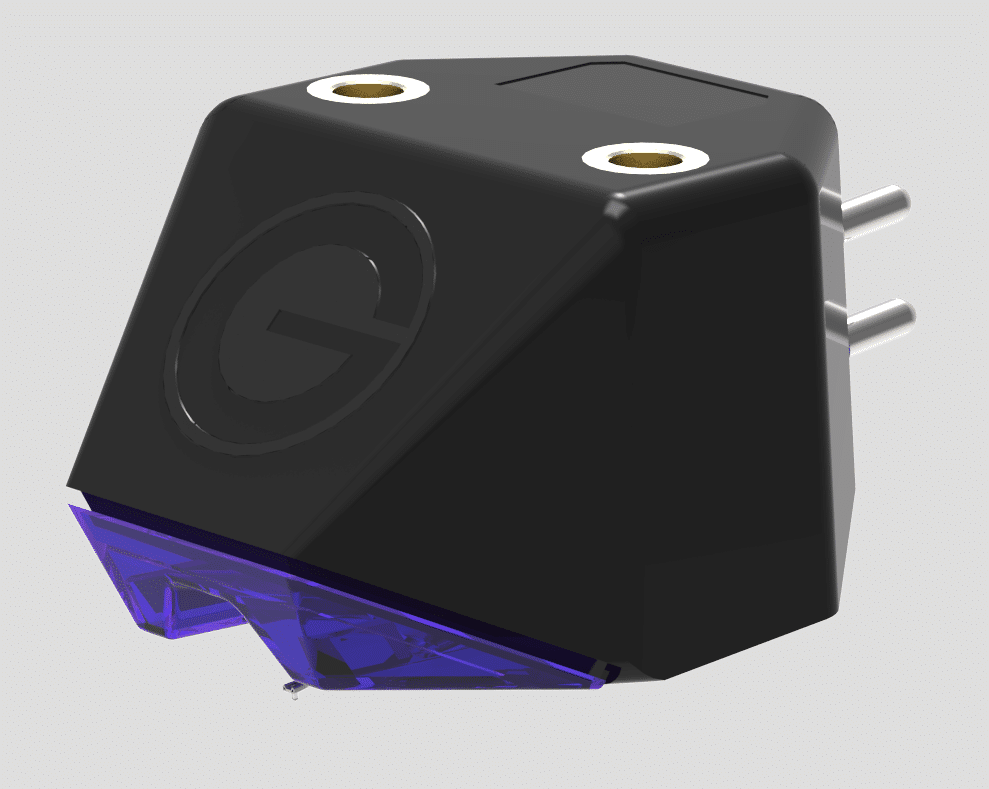
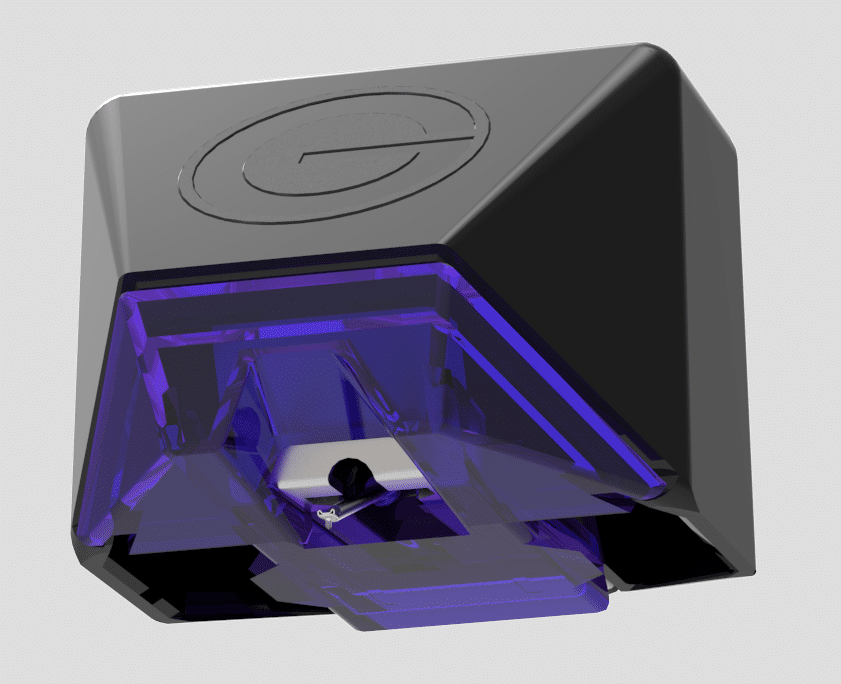
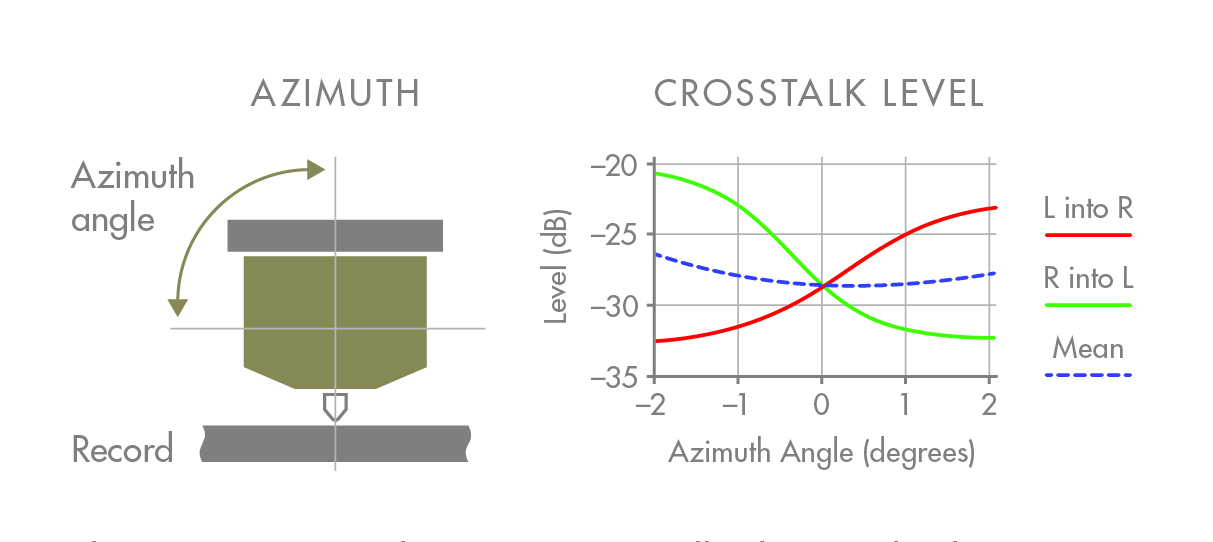
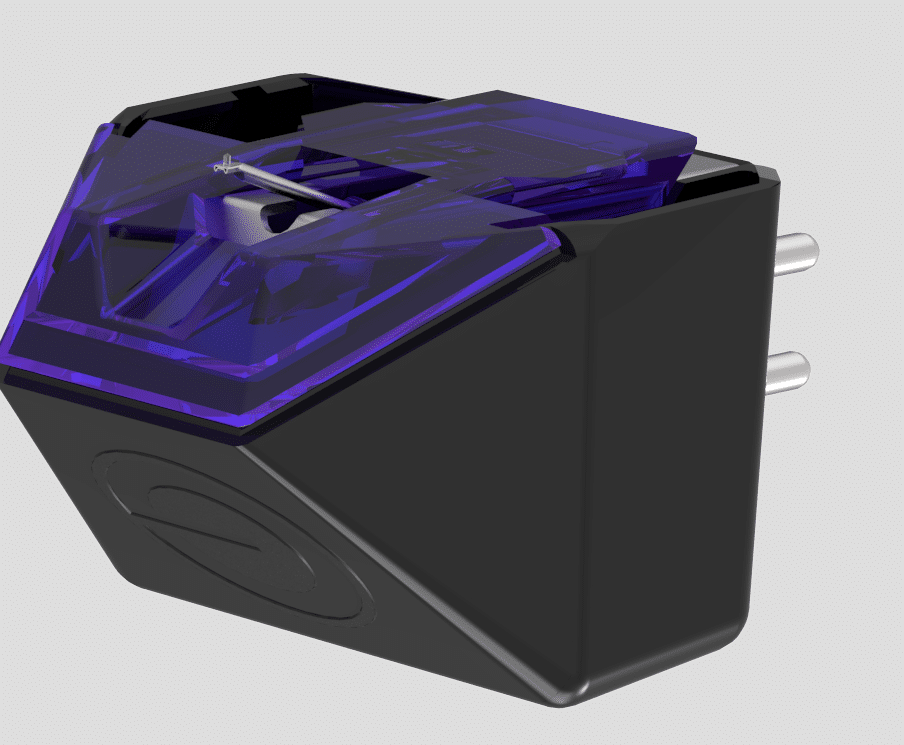
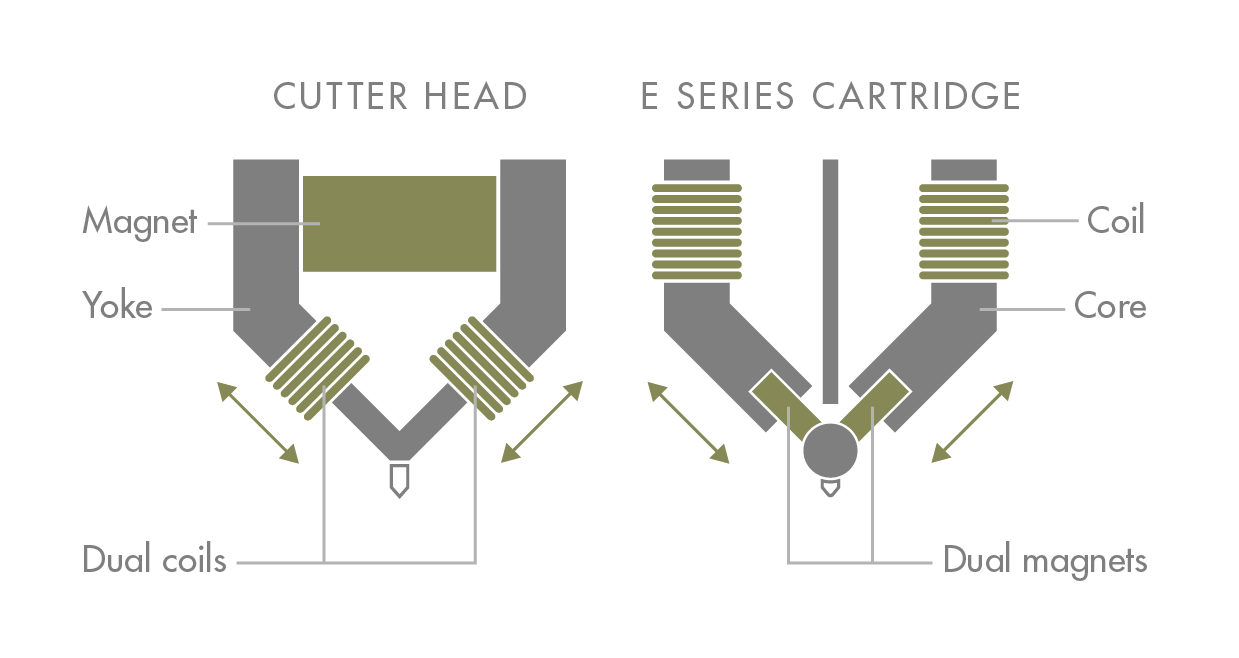
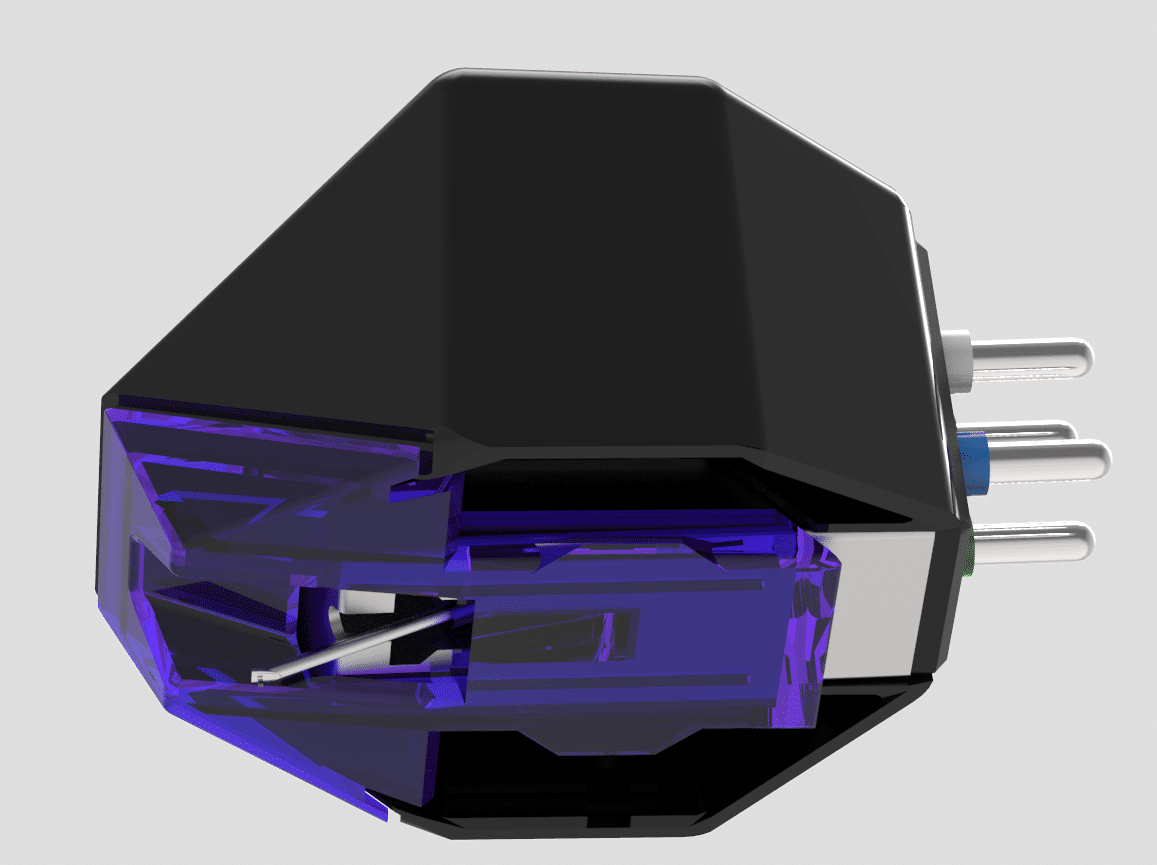
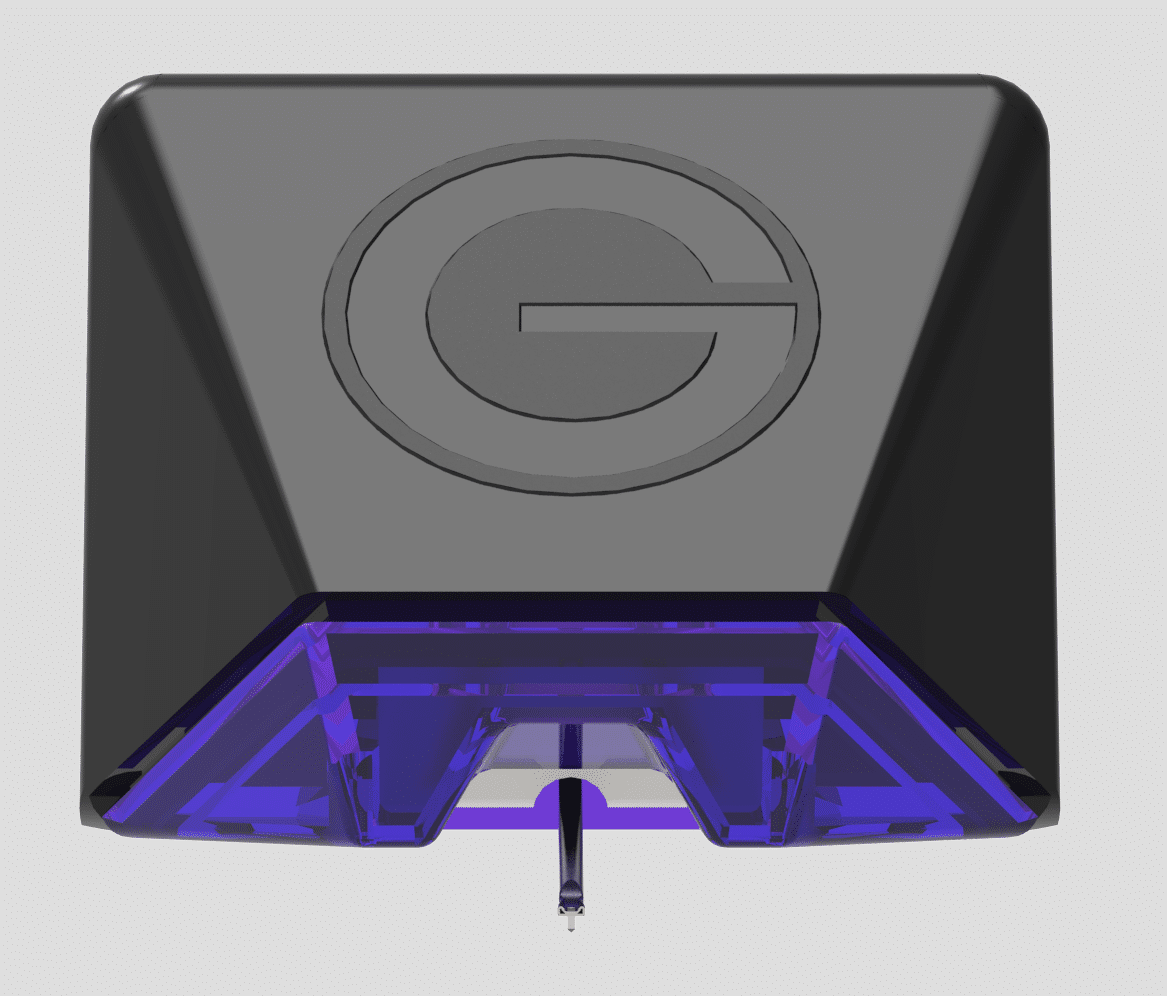
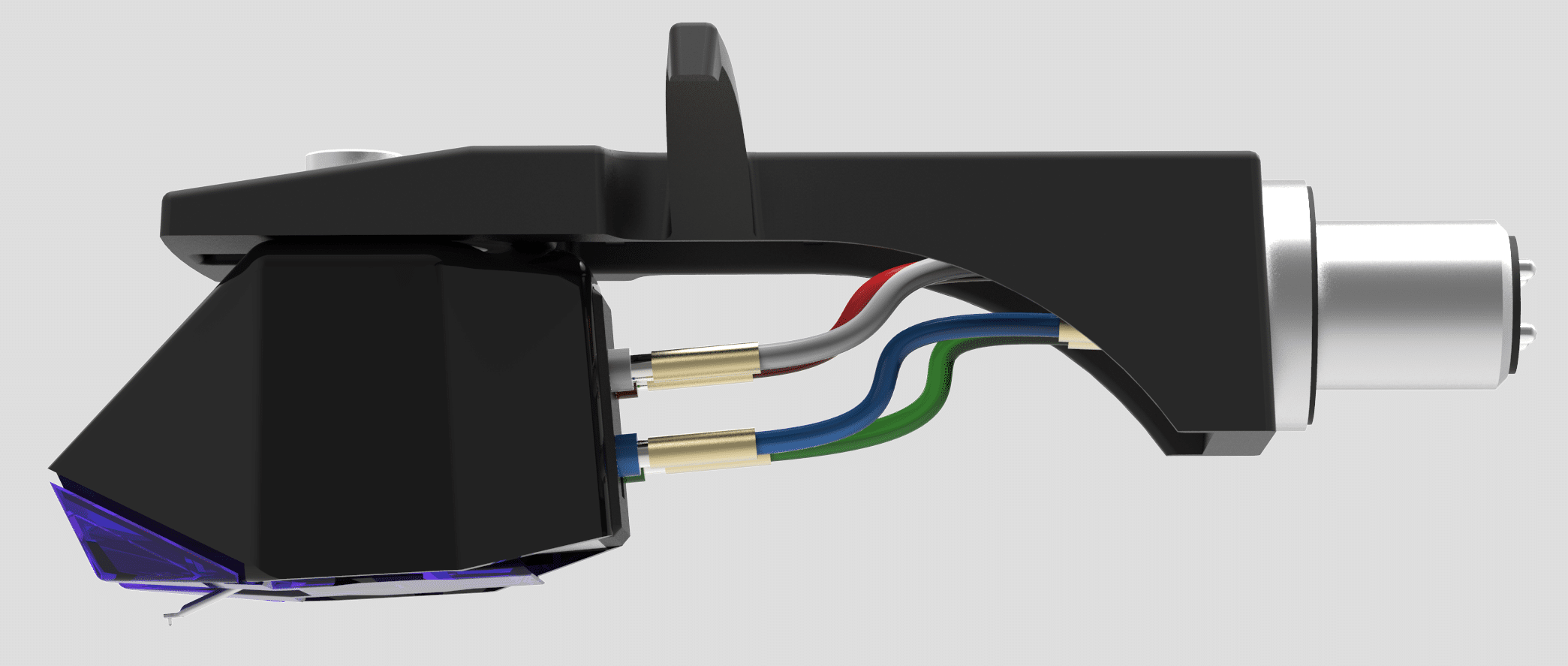
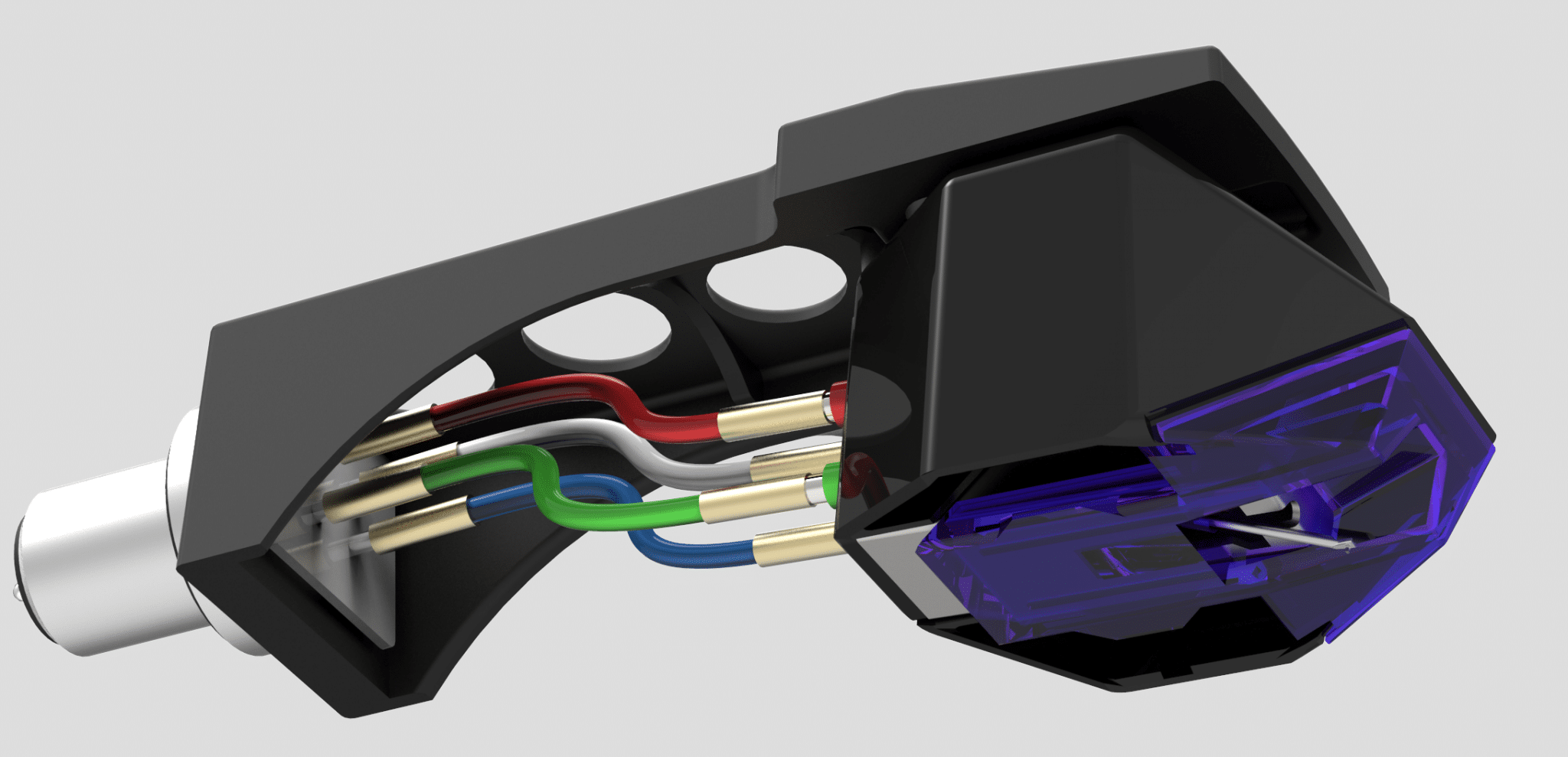
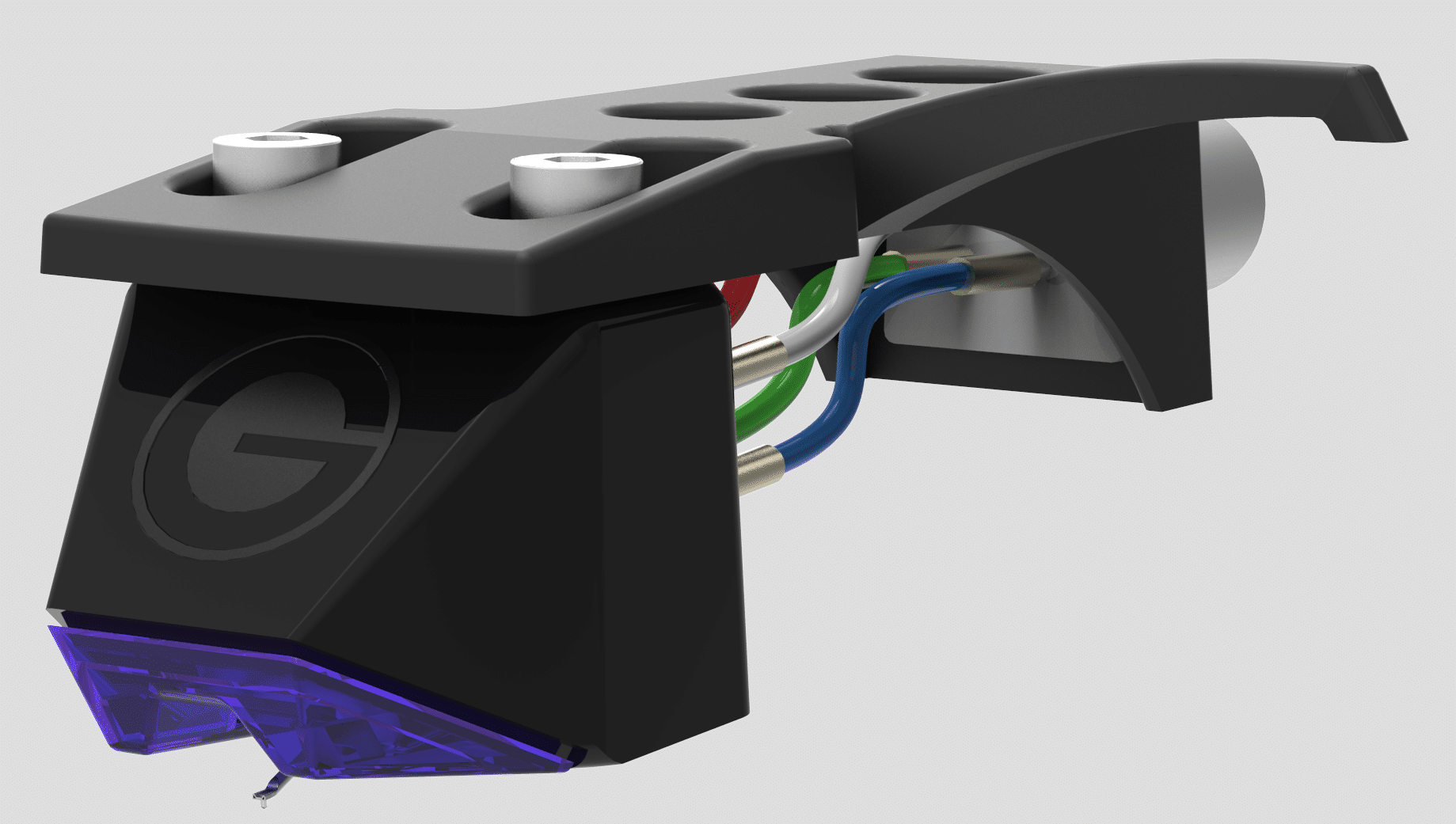
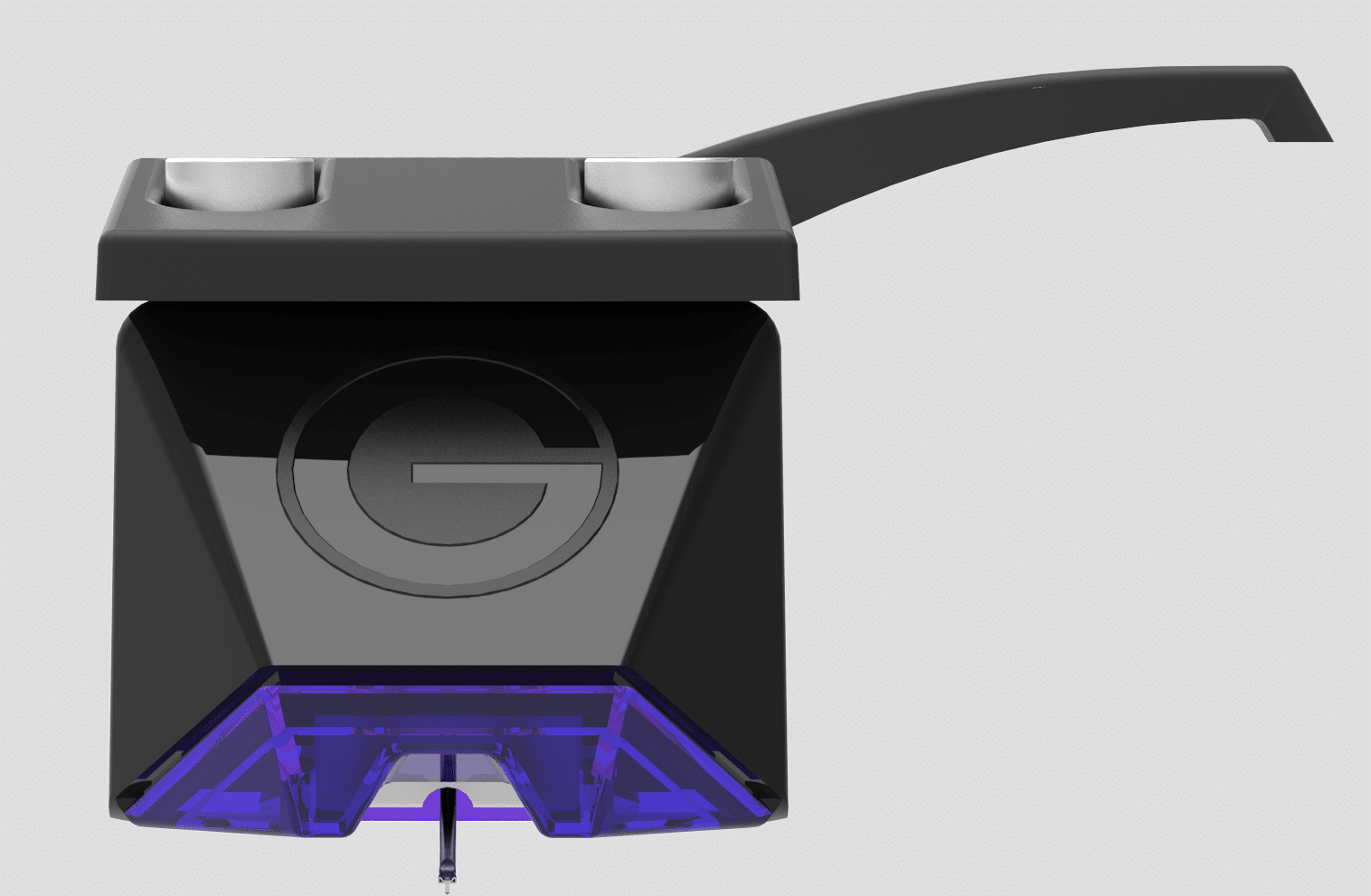
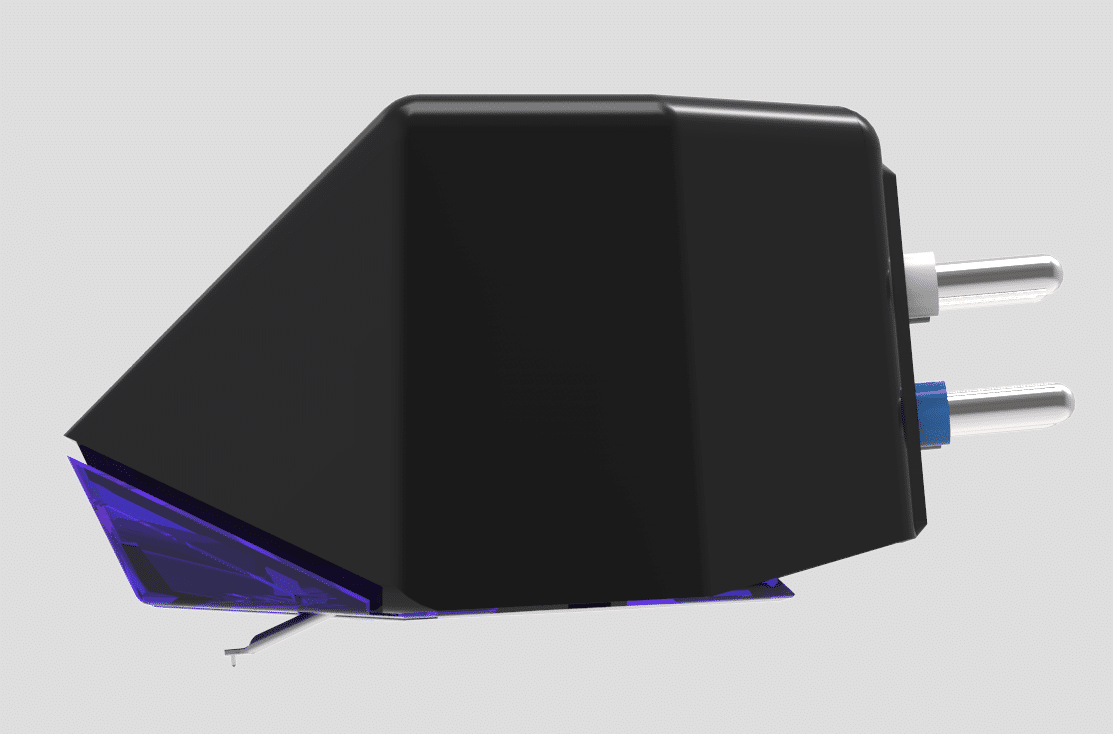



Hello Paul,
Recently I bought vintage Siemens turntable, which was made by Micro seiki back in the eighties. It uses quality S-shaped tonearm, I think the exact one you can find on Micro seiki DD1 model. It is strong and solid made direct-drive deck. Now I have an idea to put a Goldring cartridge on it but I don`t know if E series would be any better than my current Shure M44-7. I am also interested in Goldring 2100. What can you recommend?
Hi Pjotr – what’s the model number of the turntable, may I ask?
Hi Paul, this is great. Your original review is excellent and I really value the questions from other readers and your generous responses. I purchased my E3 in part on the recommendation of your original review and have been extremely impressed. It was an upgrade from the Ortofon 2M Red that came installed on my Rega P1. I’m now looking at purchasing a Thorens TD160 with a TP16 (rewired but no cartridge) and trying to determine whether to move the Goldring over to that rig or try something else (I will sell my Rega either with the Goldring or will install a budget cart). I have a friend with an unopened 2M Black that he is offering to me for a very good price but not sure if it’s the right pairing for the Thorens. Any advice? Thanks.
Hi Paul! Your review is helpful and very comprehensive! Thanks! Maybe I’ve missed something: can’t find the information about the height of “E” series, particularly of E3. Would you be so kind to help me get this data. Yours faithfuly…
Hi Alexander, thanks for your question. 18mm to the stylus tip – give or take 🙂
Thank you very much, Paul!
Hi Paul
Great review. I was looking for a new cartridge under £100 as I no longer wanted to pay £250 for a cartridge I previously owned VM540ML, a superb cartridge and I am under no illusions that the E3 could better it, just want a solid performer. So I came across your review as I have been interested in the Goldring new E series. I bought the cartridge on the strength of your review and all I can say is many thanks for the push.
I was concerned about the talk of the E3 been just a dressed up AT95e as I really don’t like that cartridge at all. But I had no need to worry because it sounds nothing like the AT95e at all.
It sounds wonderful and I am so pleased with it and I managed to get it for £77 free postage from Juno music.
Thanks again.
Great stuff, Stephen – glad I could be of help 🙂
Hi Paul,
I would appreciate your opinion regarding an upgrade. I have a new generation Rega P2 with the Bias II cartridge installed. I’ve heard many say it’s not nearly as good as many others in it’s price range and am interested in upgrading it. I was interested in Either the Nagaoka MP-110 or MP-150. Been told the 150 would be a good one for it, but the price, especially in Canada, is too high for my budget. The Goldring E3 looks very interesting and I would like to know if it would be a better bet than the Nagaoka MP-110, which gets rave reviews.Would either be a substantial upgrade for the Bias II in your estimation? Any problems with the RB220 arm?
Thanks for your advice,
Larry
Thanks for your question Larry. The Bias II is good, I’d say that the E3 is better and I like the 110 but they all live in the same world. Changing to a 110 or E3 would be, essentially, a sideways step. Instead, I would look seriously at a Goldring 1042 which should provide a step up in terms of sonic detail. Then, the next step would be a turntable upgrade. Depends what you pick but the Goldring may be a good bet for that upgrade too – at least initially.
Thanks Paul,
Only problem with the 1042 is the cost. It’s well over $400.00 Canadian, in Nagaoka Mp-150 territory. I was hoping to stay in the $300.00 to $350.00 range. I may have to watch for sales for one of those two. What is your opinion of the Nag MP-150 vs the Goldring 1042? I may hold off untill I have the $$ for one of those, or can find it on sale. Also, what are your thoughts on upgrading the subplatter first.
Thank you for your advice!!!
Larry
I would look at an Ortofon 2M Blue, which is the upgrade from a 2M Red. That should hopefully fall within your budget, Larry. Try that first before the platter.
Thank you Paul!!!!
Not a problem Larry.
Hi, I have a question… I already have a Goldring E2 installed in my turntable. Can I swap the E2 stylus with an E3?
I would guess not Kingshuk but let me ask Goldring to confirm – be back ASAP.
Any updates Paul? Thanks!
Sorry, somehow missed this question – let me go ask Goldring. Be back ASAP.
And the answer is “yes!”, yes you can upgrade.
That’s awesome! Thank you so much for finding that out.
Hi Paul
I do appreciate your knowledge on cartridges. I recently bought a vintage Marantz 6100 turntable in perfect condition. It came with a Shure 70EJ. The guy told me probably the stylus might need replacement soon. So I thought why not change the whole cartridge instead and the Goldring E3 seems to be a very good one. Do you think it is a good match? Do you think that Shure 70EJ can be superior to the E3?
Absolutely, Dennis. Go for the E3.
Good day. Is the E3 suitable for light arms? (Static compliance20 mm / N). How many hours can the needle play?
Marian from Poland
Hi Marian – what turntable are you looking at? Stylus life…depends. Depends on how often you use it, how well you take care of your records because dirty grooves will add to wear, how well you keep your stylus clean (ditto), etc. If you take care of your kit, then many hundred of hours.